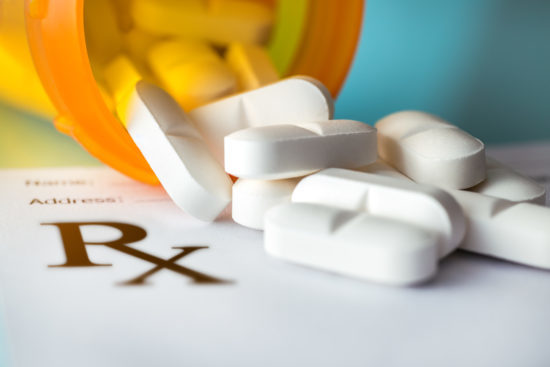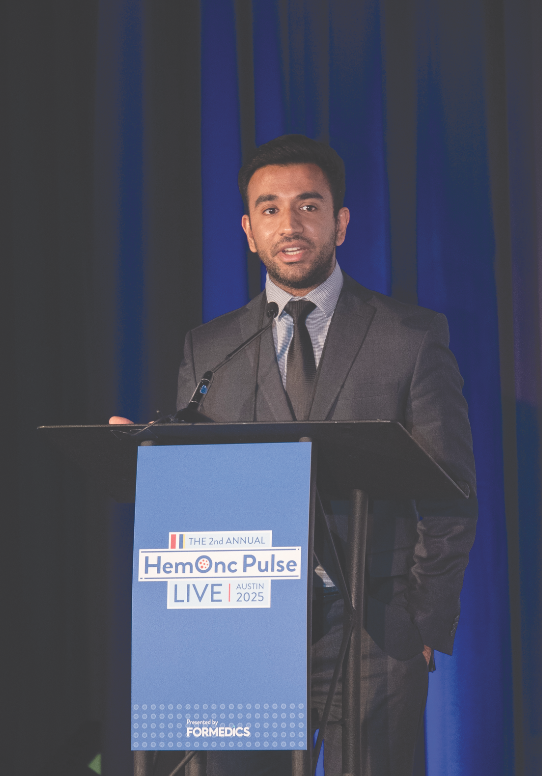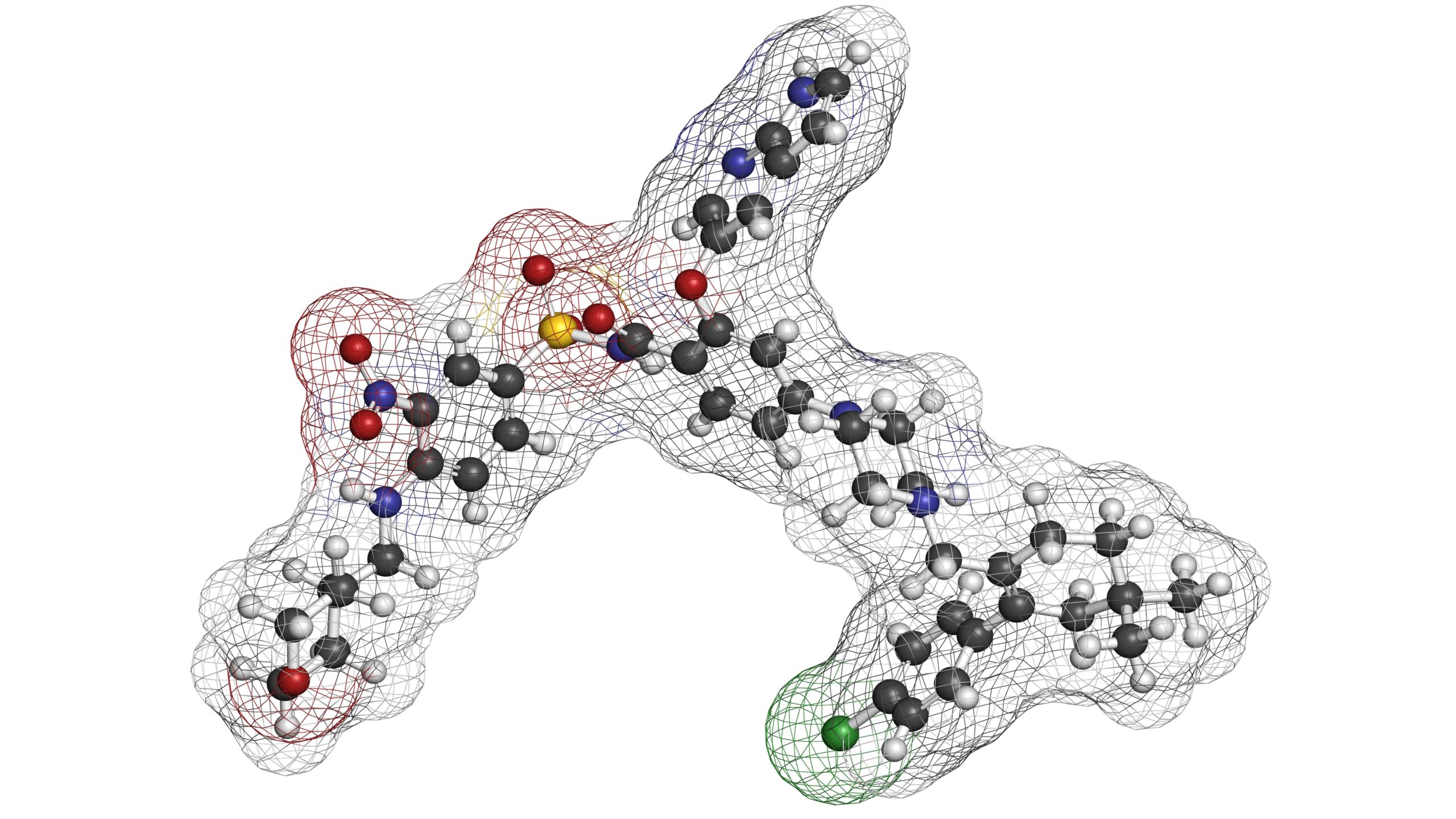
An all-oral regimen of arsenic trioxide, all-trans retinoic acid, and ascorbic acid (AAA) was found to be highly safe and effective in patients of all ages and risk categories with newly diagnosed acute promyelocytic leukemia (APL), though early deaths remain a barrier against understanding a cure-for-all.
Harinder Gill, MD, MBBS, FRCP, FRCPath, and colleagues piloted this ongoing, multicenter trial to evaluate the efficacy and safety of the regimen in a risk-adapted strategy, and to evaluate the molecular responses during oral-AAA-based induction, consolidation, and maintenance.
Five pediatric/adolescent patients and 116 adult patients were divided by leucocyte count into either a standard-risk (≤10×109/L) or a high-risk (>10×109/L) group. Both standard-risk and high-risk patients ≥65 years old received AAA induction consisting of arsenic trioxide (ATO) at 10 mg/day or 0.16 mg/kg (<18 years old); all-trans retinoic acid (ATRA) at 45 mg/m2/day or 25 mg/m2/day in two divided doses (<18 years old); and ascorbic acid 1 g/day or 15 mg/kg/day (<18 years old). High-risk patients <65 years old received an additional intravenous daunorubicin at 50 mg/m2/day for three days.
One-hundred and fourteen patients received oral-AAA-based induction, all achieving complete remission (CR1). Upon reaching CR1, consolidation with AAA (days one-14) every 28 days for two cycles was administered, followed by maintenance with AAA (days one-14) every eight weeks for 12 cycles.
At the median follow-up of 29 months, 56 patients (49%) completed two years of AAA maintenance, and one adult patient relapsed 12 months after completing AAA maintenance. Seven patients (all high-risk adults) died at presentation before induction, and one adult patient died of unrelated gastrointestinal bleeding while in CR1.
The primary outcomes included overall survival (OS), relapse-free survival (RFS), and safety. The three-year OS was 99.1% (pediatric/adolescent: 100%; adult: 99%), and the three-year RFS was 97.9% (pediatric/adolescent: 100%; adult: 97.9%).
Patients experienced grades 1-2 adverse events (AEs), most commonly transaminitis (47.3%) and headache (28%). Differentiation syndrome occurred in 67 patients (58.7%) after AAA initiation, all fully responding to intravenous dexamethasone.
As for molecular response, the normalized copy number ratio was defined as PML::RARA copy number/ABL copy number, and molecular analysis revealed a PML B2 domain A216V mutation that conferred resistance to ATO.
Reference
Gill H, Yim R, Chin L, et al. An entirely oral regimen of oral-arsenic trioxide/all-trans retinoic acid/ascorbic acid in newly-diagnosed acute promyelocytic leukaemia (APL): updated results of an ongoing multicentre trial. Abstract #157. Presented at the 65th ASH Annual Meeting and Exposition; December 9-12, 2023; San Diego, California.






 © 2025 Mashup Media, LLC, a Formedics Property. All Rights Reserved.
© 2025 Mashup Media, LLC, a Formedics Property. All Rights Reserved.